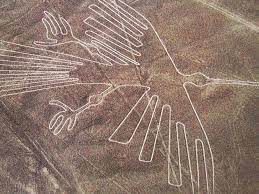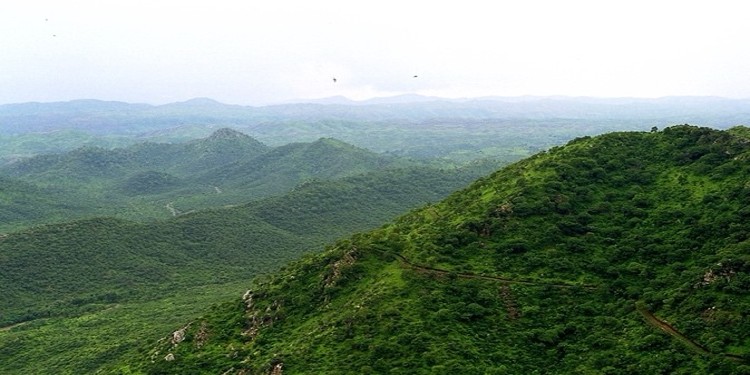Geoglyph
Why in News
A geoglyph in the form of a circle said to be 3,000 years old has been recently unearthed on the outskirts of Mudichu Thalapalli in the Medchal-Malkajgiri district of Telangana.
Important Points
- It is a large design or motif (generally longer than 4 metres) produced on the ground and typically formed by clastic rocks or similarly durable elements of the landscape, such as stones, stone fragments, gravel, or earth.
- A geoglyph is created by arranging or moving objects within a landscape.
- There are two types of geoglyphs, namely positive and negative geoglyphs.
- Positive geoglyph: It is formed by the arrangement and alignment of materials on the ground in a manner akin topetroforms (which are simply outlines created using boulders).
- Negative geoglyph: It is formed by removing part of the natural ground surface to create differently coloured or textured ground in a manner akin to petroglyphs.
- There is another variation of a geoglyph that involves seeding plants in a special design. The design usually takes years to see since it depends on the plants growing. This type of geoglyph is called an arbour glyph.
- Another type of geoglyph often referred to as ‘chalk giants’ are those carved into hillsides, exposing the bedrock beneath.




.jpg)


.jpg)
.jpg)

.jpg)



